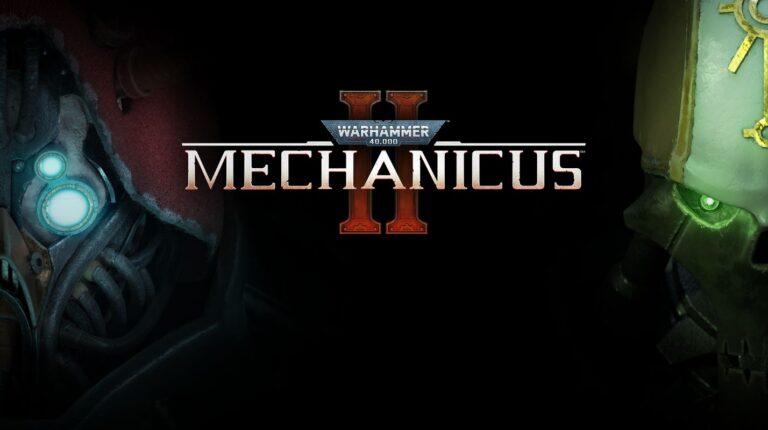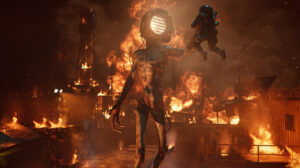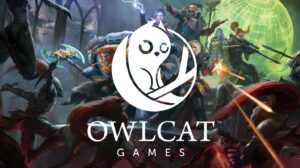Warhammer 40,000: Mechanicus II Demo Unleashes a New Age of Cold Metal Warfare


- The Steam Next Fest demo showcases the dual campaigns of the Adeptus Mechanicus and the Necrons.
- Expanded unit rosters and environmental mechanics redefine tactical combat.
- Narrative depth returns with author Ben Counter leading the story.
- Composer Guillaume David and striking visuals amplify the grimdark atmosphere.
Jump to:
Two Campaigns, One Relentless War
The Steam Next Fest demo of Warhammer 40,000: Mechanicus II marks the return of the Adeptus Mechanicus and the Necrons, locked in a battle that feels larger than ever. The sequel builds directly on the acclaimed turn-based tactical formula, but the focus is sharper, the stakes higher, and the machines angrier. Players can now lead both factions across two narrative campaigns that mirror each other in tone but contrast sharply in philosophy.
The Adeptus Mechanicus, led once again by Magos Dominus Faustinius, face an awakening Necron tomb world. Across the battlefield, Vargard Nefershah rallies her dynasty to reclaim her crownworld. This dual structure invites players to witness the galactic conflict from both sides, turning the war of faith and circuitry into a story of mutual annihilation.
“Fast-paced tactical combat meets strategic management in this sequel to the acclaimed Warhammer 40,000: Mechanicus. Take control of either the ancient and deathless Necron legions or the techno-religious acolytes of the Omnissiah, with the fate of a world in your hands,” Kasedo Games said on the game’s official website.
Veteran author Ben Counter returns to write the next chapter of this saga, giving both sides distinct voices and motivations. What was once a straightforward war for survival now looks like a centuries-old vendetta playing out in the name of technology and memory.
Tactical Warfare Reinvented
Mechanicus II evolves its predecessor’s tactical systems with a significantly expanded roster of units. Players can assemble their forces from a wide array of new fighters, each reflecting their faction’s unique strengths. Every mission becomes a puzzle of logistics and foresight, where understanding each unit’s abilities is key to survival.
The introduction of environmental mechanics changes how every skirmish unfolds. The Mechanicus can use terrain as protection, turning cover into a tactical tool, while the Necrons can obliterate the battlefield itself to expose enemies. This interplay of destruction and defense adds a new rhythm to combat, creating moments where adaptation is the only path to victory.
The developers clearly aim to push players beyond static tactics. Every engagement demands precision, forcing commanders to treat the terrain as both ally and adversary. The result is a game that looks more alive, unpredictable, and grounded in the Warhammer 40,000 ethos of strategic brutality.
Commanders Of Flesh And Metal
Each campaign offers deep customization of leadership. As Faustinius, players can upgrade and deploy a cadre of Tech-Priests, each brimming with sacred logic and experimental augmentation. On the opposite side, Vargard Nefershah commands a court of Necron nobles, each more ancient and ruthless than the last.
Resource management and territorial control also return in expanded form. Players must not only win battles but secure regions, manage garrisons, and decide which resources to prioritize in the ongoing planetary war. This adds an overarching layer of strategy that stretches beyond combat, tying together both narrative and gameplay progression.
The structure encourages long-term planning and risk management, reinforcing the sense of a relentless campaign rather than a sequence of isolated encounters. Every decision, from recruitment to battlefield deployment, shapes the tempo of conquest or resistance.


















